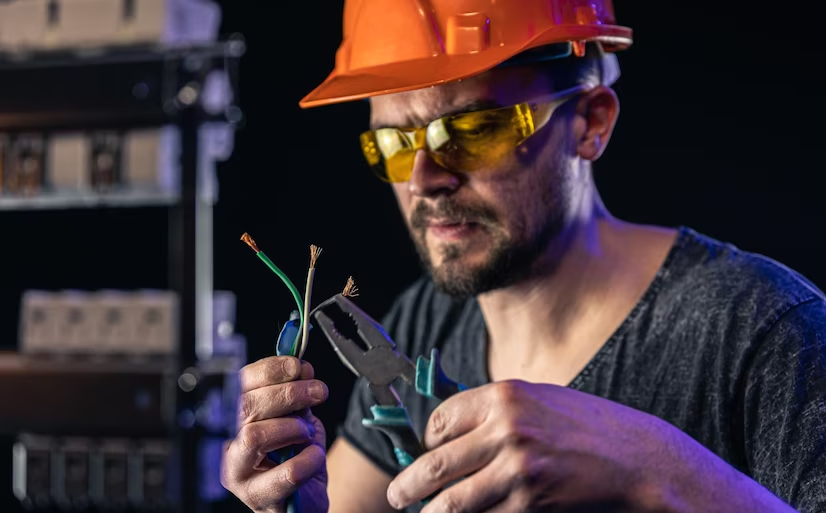Electricity has become an indispensable part of our lives, powering our homes, devices, and appliances. While it's a convenience we rely on, it's essential to understand that electrical emergencies can happen, and knowing how to respond to them safely is crucial. In this guide, we'll explore the common electrical emergencies that may occur at home and provide step-by-step instructions on how to handle them without putting yourself or your property at risk.
1. Power Outage
Step 1: Check the Circuit Breaker
- Locate your home's electrical panel or circuit breaker box.
- Open the panel and check for any tripped circuit breakers.
- If you come across a tripped breaker, turn it off and then back on to reset it safely.
Step 2: Contact Your Utility Company
- If the circuit breakers are not the issue, contact your utility company to inquire about any known power outages in your area.
- Follow any instructions they provide and stay informed about the restoration timeline.
2. Electrical Fires
Step 1: Safety First
- In the event of an electrical fire, safety is paramount. Do not attempt to put out the fire with water, as water conducts electricity.
- Quickly turn off the power to the affected area using the circuit breaker or main switch.
Step 2: Use a Fire Extinguisher
- If you have a Class C fire extinguisher (suitable for electrical fires), use it to extinguish the flames.
- Aim the extinguisher at the base of the fire and sweep from side to side.
Step 3: Evacuate and Call for Help
- If the fire is not easily controlled or continues to spread, evacuate your home immediately.
- Call 911 for professional firefighting assistance.
3. Electrical Shock
Step 1: Ensure Your Safety
- If someone is receiving an electrical shock, do not touch them or the source of the electricity.
- Immediately switch off the power at the circuit breaker if possible.
Step 2: Call for Medical Help
- Dial 911 or your local emergency number to request medical assistance.
- While waiting for help, keep a safe distance from the person receiving the shock.
4. Flickering Lights or Sparks
Step 1: Turn Off the Power
- If you notice flickering lights or sparks coming from an outlet or appliance, switch off the power to that area using the circuit breaker.
- Unplug the malfunctioning device if safe to do so.
Step 2: Inspect and Address the Issue
- Carefully inspect the outlet, switch, or appliance for visible damage, loose wires, or scorch marks.
- If you discover any problems, refrain from trying to fix them yourself.
- Contact a licensed electrician for repairs.
5. Burning Smell
Step 1: Turn Off the Power
- If you smell something burning but can't locate the source, immediately turn off the power to your home at the main switch.
- Leave your residence immediately and contact the fire department.
Step 2: Wait for Professionals
- Do not re-enter your home until it has been declared safe by the fire department or a qualified electrician.
- Electrical problems that cause burning smells should only be addressed by professionals.
Conclusion
Handling electrical emergencies at home requires a calm and cautious approach. Safety should always be your top priority. While these steps can guide you through some common electrical emergencies, remember that it's crucial to seek professional help for any electrical issue you're unsure about. Regular maintenance and inspections of your electrical systems can also help prevent emergencies from occurring in the first place.

